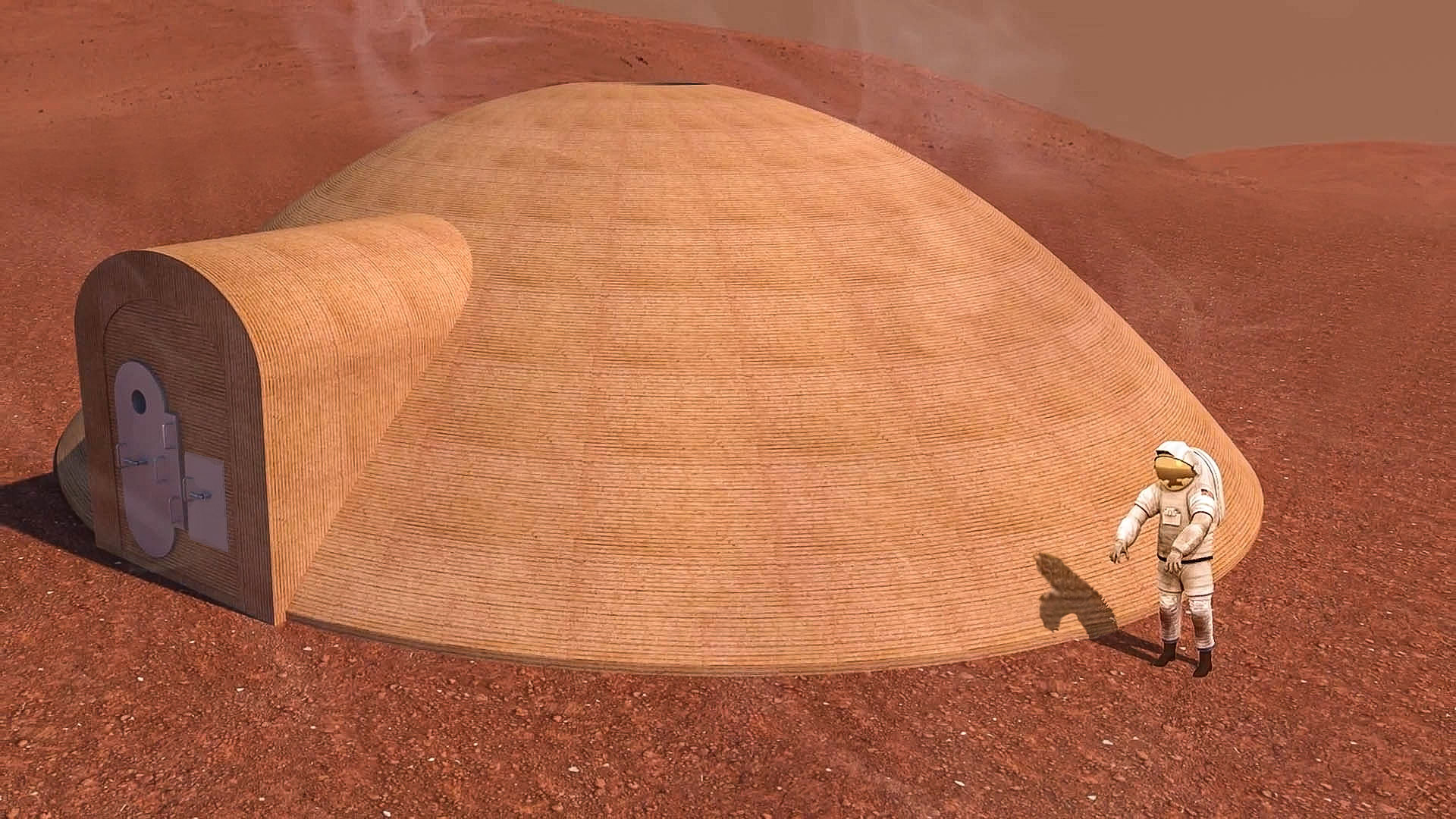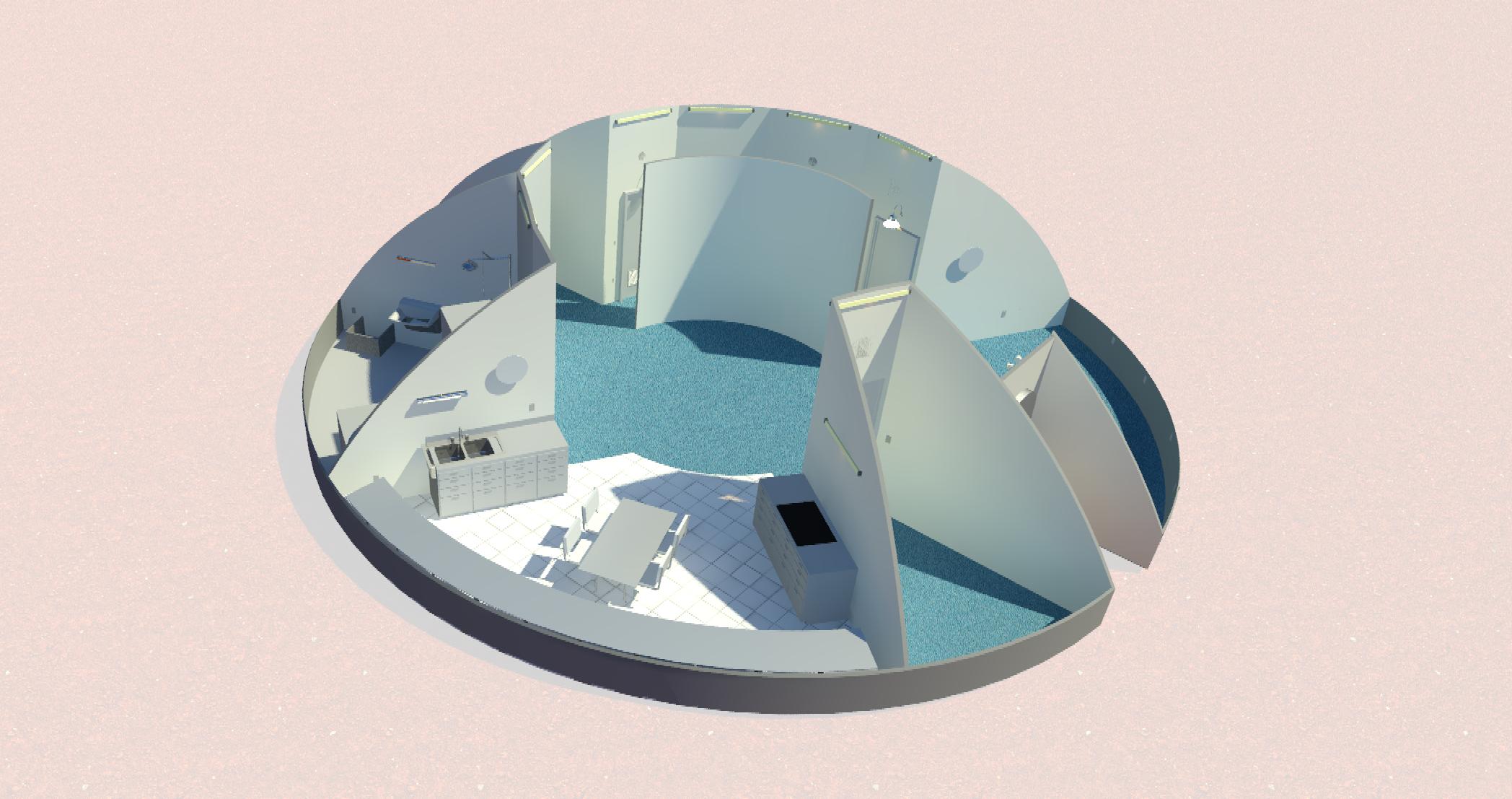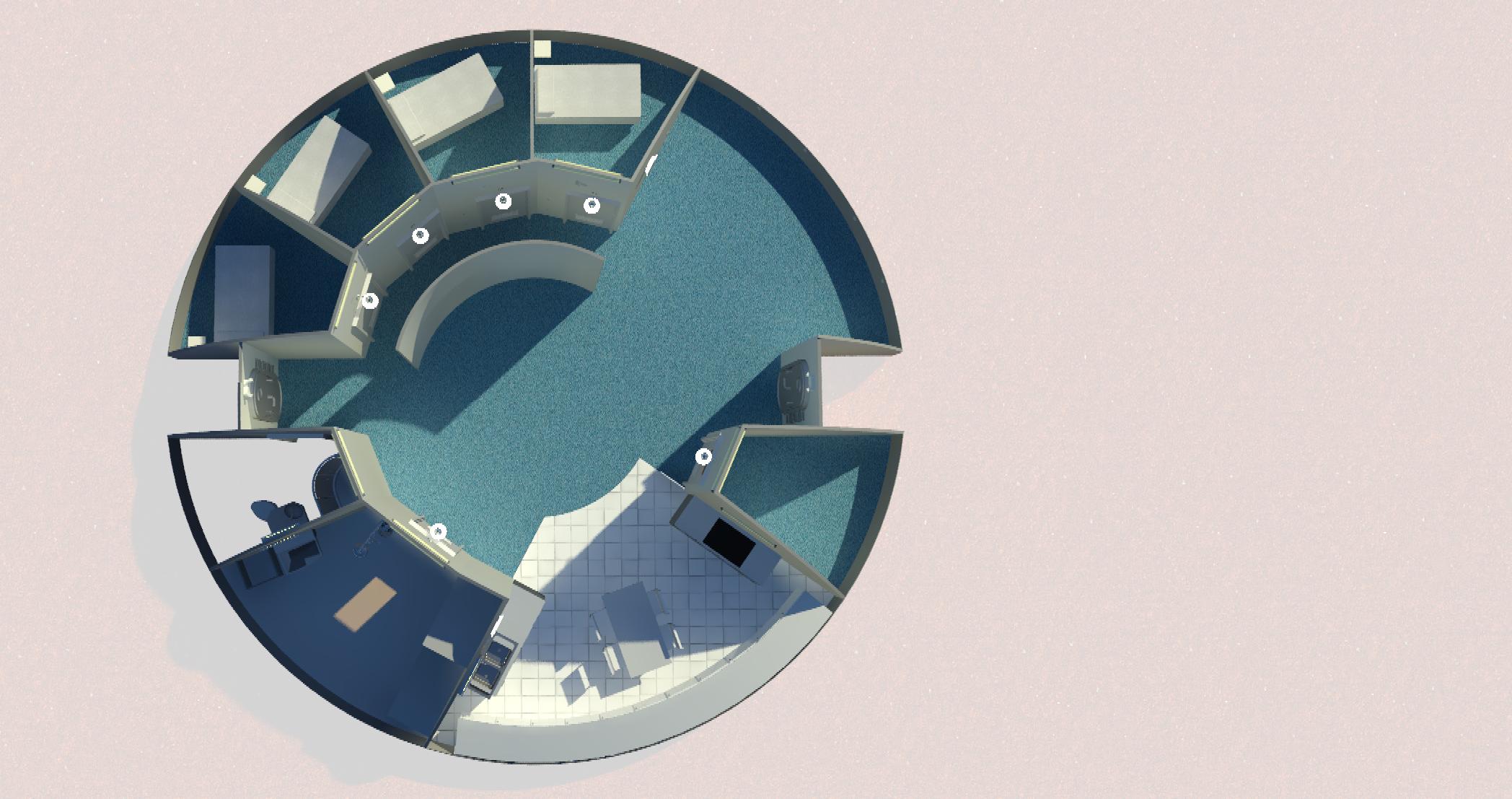NASA Challenge Team Wins 5th Place

Northwestern's team won 5th place as the 3D-Printed Habitat NASA Centennial Challenge completed Phase 3, and, therefore, the whole competition! There were eighteen submissions for the competition from industry and academia, which were narrowed down to five final prizewinners. Of the five teams, Northwestern's was the only university-led team. The team was awarded $17,881.10 for their work.
See the full NASA press release here.
Through four distinct competition phases, NASA’s 3D-Printed Habitat Challenge stretched the body of knowledge surrounding 3D-printing applications. Occuring from 2015 to 2017, Phases 1 and 2 challenged industry and academia to develop conceptualizations of the first Martian outpost and 3D-print a column, beam, and small roof section using materials found on Mars. Now in Phase 3, the teams were taxed with fully designing a constructible Martian habitat and 3D-printing a foundation, walls, and a 1:3 scale habitat…all in under 16 months.
The plan was to approach this challenge as several parallel competitions. Rather than proceeding from habitat design, to material design, to 3D-printer design, etc, NU's team had sub-teams investigate each challenge aspect simultaneously. While this challenge appeared to be difficult initially, Northwestern was in a prime position to perform successfully. In past years, Northwestern students and faculty had investigated the feasibility of Martian regolith as a building material and developed one of the first Martian concretes. Northwestern Mechanical Engineering has numerous faculty working on additive manufacturing and a team of students recently developed a working concrete 3D-printer. In addition, the Earth and Planetary Sciences Department set Northwestern at a significant advantage due to the number of Mars experts at such easy access.
Northwestern’s 3D-Printed Martian Habitat Team came from a greatly varied background; not only was the project interdepartmental, but it also spanned multiple colleges within the university. Even in this early stage, the team was composed of students and faculty from the Department of Chemical and Biological Engineering, Department of Civil & Environmental Engineering, Department of Earth and Planetary Sciences, Department of English, Department of Materials Science and Engineering, Department of Mechanical Engineering, Department of Political Science, and the Medill School of Journalism. Along with the diverse backgrounds, they also brought a wide variety of expertise; with seventeen students (ranging from Undergraduate to PhD), eight faculty members, and one staff member. In addition, they partnered with Skidmore, Owings & Merrill (SOM), one of the world’s largest and most influential architecture, engineering, and urban planning firms, to assist in design, as well as all areas of the competition.
The team is led by Prof. Gianluca Cusatis, who is the faculty advisor, and Matthew Troemner, who is a PhD student in Northwestern's Civil and Environmental Engineering Department.
Watch the video submission.
Read more about the plan.



